Floki Inu $1 Possibility: Realistic Analysis
You’ve probably seen the hype. Social media feeds filled with predictions about Floki Inu hitting $1, transforming modest investments into life-changing wealth. The math sounds simple enough, buy now while it’s cheap, wait for it to hit a dollar, and retire early. But before you mortgage your house or empty your savings account, you need to understand what reaching $1 would actually require.
I’m not here to crush dreams or pump false hope. What you’re about to read is a serious examination of whether Floki Inu can realistically reach $1, grounded in market fundamentals, mathematical reality, and an honest assessment of both the opportunities and obstacles. You deserve to know what’s actually possible versus what’s just wishful thinking echoing through crypto Twitter.
The cryptocurrency space has seen incredible things. Bitcoin went from pennies to tens of thousands. Dogecoin, started as a joke, reached heights that made millionaires. Floki Inu itself has demonstrated impressive rallies. But each price target comes with requirements that must be met in the real world, where market caps matter and economics don’t bend to our desires.
Key Takeaways
- For Floki Inu to reach $1 with its current supply of approximately 9.5 trillion tokens, it would require a market cap of $9.5 trillion—exceeding the entire cryptocurrency market’s historical peak.
- Token burns and supply reduction mechanisms could improve the mathematical feasibility of higher prices, but even a 90% supply reduction would still require a $950 billion market cap for the Floki Inu $1 possibility.
- More realistic price targets for Floki Inu range from $0.001 to $0.01 over the next 3-5 years, which would still represent 10x to 100x returns for investors.
- Floki has evolved beyond pure meme status by developing actual utility through Valhalla gaming, FlokiFi DeFi products, and NFT projects that create organic demand.
- The massive token supply and intense competition within the volatile meme coin sector represent major obstacles to reaching the $1 price point in any reasonable timeframe.
- Investors should treat the Floki Inu $1 possibility as a theoretical maximum rather than a realistic target, focusing instead on achievable gains while maintaining appropriate risk management.
Understanding Floki Inu’s Current Market Position

Before you can evaluate Floki’s potential to reach $1, you need to understand where it stands today. Numbers don’t lie, and they tell a story that’s more complex than most promotional posts suggest.
Current Price and Market Capitalization
Floki Inu trades at a fraction of a cent, typically hovering in the $0.0001 to $0.0003 range depending on market conditions. At these prices, the token maintains a market capitalization in the hundreds of millions to low billions when markets are favorable. That might sound substantial, and it is for a meme-inspired cryptocurrency.
Your investment today buys you millions or even billions of FLOKI tokens because of how the pricing works. A $100 investment could net you hundreds of millions of tokens depending on entry timing. That’s part of the psychological appeal, holding massive quantities feels different than owning 0.001 of something, even if the dollar value is identical.
The market cap reflects what the entire circulating supply is worth at current prices. When you see Floki ranked among the top 100 or even top 50 cryptocurrencies during bull runs, that ranking is based on this total valuation. It’s a meaningful metric because it shows real capital commitment from investors worldwide.
Circulating Supply and Token Economics
Here’s where things get critical for your $1 dreams. Floki Inu launched with a massive supply, we’re talking trillions of tokens. The exact circulating supply fluctuates due to burns and other mechanisms, but you’re looking at approximately 9-10 trillion tokens in circulation.
That number matters more than almost anything else when calculating price potential. Every single one of those trillions of tokens would need to be worth $1 for Floki to hit your target. The supply isn’t just large, it’s astronomically large compared to Bitcoin’s 21 million cap or Ethereum’s more modest supply.
The tokenomics were designed this way intentionally. Large supplies allow for smaller unit prices, making the token accessible and creating that psychological appeal of holding billions. The project has implemented deflationary mechanisms including transaction taxes that fund burns, reducing supply over time. These burns have already removed hundreds of billions of tokens from circulation.
You should also know about the token distribution. Unlike some projects where founders hold enormous percentages, Floki’s distribution has spread fairly wide through its community. That reduces the risk of massive dumps from concentrated holders, though large wallets still exist and can influence price movements significantly.
The Mathematical Reality of Floki Reaching $1
Let’s do the math together because this is where enthusiasm meets reality. I’m not going to sugarcoat these numbers, you need them raw and honest.
Required Market Cap Calculations
If Floki Inu reached $1 per token with its current circulating supply of approximately 9.5 trillion tokens, the market capitalization would be $9.5 trillion. Read that again. Nine and a half trillion dollars.
To put that in perspective, that’s more than the GDP of every country on Earth except the United States and China. It’s roughly three times the current market cap of Apple, the world’s most valuable company. It would represent more value than the entire cryptocurrency market has ever achieved at any peak, including the 2021 bull run when everything went parabolic.
Your investment would need the entire global crypto market to not just grow, but to concentrate an unprecedented amount of that growth into a single meme-inspired token. We’re not talking about Floki becoming successful or even dominant, we’re talking about it becoming larger than the entire existing crypto ecosystem.
Even if significant burns reduced the supply by 90% to around 950 billion tokens, you’d still need a market cap of $950 billion for $1 pricing. That would place Floki above current Ethereum valuations and second only to Bitcoin. Possible? In theory. Realistic? That’s another question entirely.
Comparing to Crypto Market Leaders
Bitcoin, the undisputed king of cryptocurrency, the one that started everything and has the strongest network effects, the most institutional adoption, and is increasingly viewed as digital gold, typically maintains a market cap between $500 billion and $1.3 trillion depending on market cycles.
Ethereum, which powers most of the decentralized finance ecosystem, hosts thousands of tokens and applications, and processes millions of transactions securing billions in value, usually sits between $200 billion and $550 billion in market cap.
For Floki to reach $1, it wouldn’t just need to compete with these giants, it would need to surpass them by multiples. You’d be betting that a token initially inspired by Elon Musk’s Shiba Inu dog and riding meme culture momentum would become more valuable than the blockchain that invented the space and the platform that powers most of its innovation.
Dogecoin, the original meme coin that enjoyed unprecedented attention including endorsements from Musk himself, reached a peak market cap around $88 billion during the 2021 mania. That was with mainstream media coverage, celebrity backing, and a market-wide euphoria that saw nearly everything pump. Even at that historic peak, Dogecoin never came close to the valuations Floki would need for $1 pricing.
The comparison isn’t meant to discourage you, it’s meant to calibrate your expectations with market realities.
Factors That Could Drive Floki’s Price Higher
Even though the mathematical challenges, Floki isn’t just sitting still. The project has mechanisms and developments that could push prices higher than current levels, even if $1 remains out of reach.
Token Burns and Supply Reduction Mechanisms
Floki implements regular token burns, permanently removing coins from circulation. These burns happen through transaction taxes and dedicated burning events. When supply decreases while demand remains constant or grows, basic economics says price should increase.
The project has already burned hundreds of billions of tokens since launch. If this burn rate accelerates through increased transaction volume or community governance decisions, the circulating supply could drop substantially over years. A supply of 1 trillion tokens instead of 9.5 trillion changes the math considerably, you’d only need a roughly $1 trillion market cap for $1 pricing instead of $9.5 trillion.
You should watch the burn rate metrics that the project publishes. Consistent, substantial burns over time genuinely impact the supply dynamics. But, burns alone won’t create the demand needed for dramatic price increases, they just make it mathematically easier if demand materializes.
Ecosystem Development and Utility Expansion
Floki has moved beyond pure meme status by building actual utility. The project has developed Valhalla, a blockchain game that gives FLOKI tokens actual use cases within a gaming economy. They’ve created FlokiFi, a suite of decentralized finance products including lending protocols. There’s even been movement into the metaverse space and NFT projects.
When you hold FLOKI, you’re not just holding a speculative asset, you can theoretically use it within these ecosystems. That’s a significant evolution from coins that exist purely for trading. Real utility creates organic demand beyond speculation, though you need to assess whether these platforms will actually attract substantial user bases.
The more successful these utility projects become, the more genuine demand exists for the token. If Valhalla becomes a popular game with millions of active players who need FLOKI to participate, that creates buying pressure independent of speculation. That’s the kind of fundamental demand that can support higher prices.
Market Sentiment and Community Growth
You can’t ignore the power of community in crypto, especially for meme-adjacent projects. Floki has cultivated one of the more active communities in the space, with coordinated marketing campaigns, strong social media presence, and global reach.
The “Floki Vikings” community has demonstrated staying power through multiple market cycles. When sentiment shifts bullish in crypto markets generally, coins with strong communities tend to outperform because there’s an existing base of holders who amplify positive news and attract new investors.
Floki has also benefited from strategic marketing, including advertisements in major cities and even sports sponsorships. This visibility puts the token in front of potential investors who might never have encountered it otherwise. If mainstream attention returns to crypto during the next bull cycle, recognizable names with existing awareness stand to benefit.
There’s always the wild card of celebrity attention. Elon Musk, whose dog inspired the name, has moved crypto markets with single tweets before. While you can’t build an investment thesis around hoping for tweets, the possibility exists and would likely trigger significant price movement if it occurred.
Major Obstacles to Reaching $1
Now for the sobering reality check. Several fundamental obstacles stand between current prices and $1, and you need to weigh these seriously.
Massive Supply Challenges
We’ve discussed the numbers, but it’s worth reiterating: the sheer scale of tokens in circulation creates a barrier that’s extraordinarily difficult to overcome. Even with aggressive burning, reducing supply by the amounts needed would take years or even decades at current rates.
You’re essentially hoping that either burn rates accelerate dramatically beyond current trajectories, or that unprecedented amounts of capital flow into this single asset. Both scenarios require conditions that are possible but far from probable.
The supply challenge isn’t just about the total number, it’s about the rate of change versus realistic capital inflows. If Floki burns 10% of its supply per year, which would be quite aggressive, you’re still looking at many years before supply reaches levels where $1 becomes mathematically feasible even with strong demand.
Market Competition and Meme Coin Volatility
Floki operates in perhaps the most competitive and volatile sector of crypto: meme coins. New dog-themed and meme-inspired tokens launch constantly, each trying to capture attention and capital. Your investment in Floki competes not just with Bitcoin and Ethereum, but with Dogecoin, Shiba Inu, and countless newer projects that promise to be “the next big thing.”
This competition fragments available capital. When new meme coins pump, money often flows out of existing ones including Floki. You’ve probably seen this pattern, a new coin gets hyped, existing meme coin prices drop as traders chase the new opportunity, then everything settles until the next cycle.
Meme coins also suffer from perception problems in the broader investment community. Institutional investors, the kind with billions to deploy, generally avoid meme coins in favor of assets with clearer value propositions. Without institutional participation, you’re limited to retail investor capital, which is substantial but nowhere near enough to reach multi-trillion dollar valuations.
The volatility cuts both ways. Floki can pump 100% or more in short periods when conditions align, but it can also drop 50% or more just as quickly. If you’re in this for the long term hoping for $1, you need the stomach to weather drawdowns that would make most investors panic sell.
More Realistic Price Targets and Timeframes
Let’s talk about what could actually happen rather than what would require miracles. You need realistic targets to make informed decisions about your investment timeline and expectations.
If Floki were to increase 10x from typical price ranges of $0.0001-0.0002, you’d see prices of $0.001-0.002. That would put market cap in the $10-20 billion range with current supply, which is ambitious but within the realm of possibility during a strong bull market. Dogecoin and Shiba Inu have both achieved similar or higher valuations during peak euphoria.
A 10x return would be excellent for any investment and life-changing if you’ve committed significant capital. This kind of move doesn’t require rewriting market fundamentals, just a return of bullish sentiment to crypto markets combined with Floki maintaining or growing its position within the meme coin sector.
Looking further out, a price of $0.01 (1 cent) would represent a roughly 50-100x increase from current levels depending on entry. This would require a market cap around $95 billion with current supply, high but not impossible if you assume continued burns reduce supply and a major bull market returns capital to crypto. This scenario probably requires several years and multiple favorable conditions aligning.
You might see $0.01 as realistic over a 3-5 year timeframe if the ecosystem development succeeds, burns continue consistently, and crypto markets generally perform well. That’s still a spectacular return, turning $1,000 into $50,000 or more.
As for $1? You should treat it as a theoretical maximum rather than a target. It would require either supply reductions of 95%+ combined with a massive bull market, or capital inflows that would fundamentally restructure the entire crypto market hierarchy. Possible? Technically yes. Something to base your investment strategy on? Probably not.
A more grounded long-term optimistic scenario might target $0.001-0.01 over the next several years, depending on how many favorable conditions materialize. That range offers substantial returns without requiring the extraordinary circumstances that $1 would demand.
Conclusion
The question of whether Floki Inu can reach $1 has a clear answer: mathematically possible but practically improbable given current conditions. You’d need to see either supply reductions in the 95%+ range or market cap valuations that exceed the entire current crypto market. Neither scenario seems likely in any reasonable timeframe.
That doesn’t mean Floki is a bad investment, it means you need realistic expectations. The token has shown it can deliver significant percentage gains during favorable markets. It has developed real utility beyond pure meme status. The community remains active and the project continues evolving.
What you should take away from this analysis is the importance of setting achievable targets. If you’re hoping for $1 and that becomes your measure of success, you’ll likely end up disappointed even if Floki delivers solid returns. But if you recognize that a 10x or even 50x increase would be excellent performance, you can make more rational decisions about position sizing, timeline, and exit strategy.
Your investment approach should match the reality of what you’re holding. Floki belongs in the high-risk, high-potential-reward category of your portfolio, not in the foundation that your financial future depends on. The possibility of significant returns exists, but so does the possibility of substantial losses if meme coin sentiment shifts or competition intensifies.
Watch the metrics that actually matter: burn rates, ecosystem adoption, active users of Floki’s platforms, and how the token performs relative to Bitcoin during both bull and bear markets. Those indicators will tell you more about genuine progress toward higher prices than any prediction about reaching $1.
You’re not wrong to be interested in Floki’s potential. Just make sure your expectations align with mathematical and market realities rather than social media hype. The difference between those two perspectives could mean the difference between smart risk-taking and reckless speculation.
Frequently Asked Questions
Can Floki Inu realistically reach $1 per token?
While mathematically possible, it’s highly improbable. Floki reaching $1 would require a $9.5 trillion market cap with current supply, exceeding the entire cryptocurrency market’s historical peak. Even with aggressive token burns, the valuation needed remains extraordinary and unlikely in any reasonable timeframe.
What is Floki Inu’s current circulating supply?
Floki Inu has approximately 9-10 trillion tokens in circulation. This massive supply is the primary obstacle to reaching $1, as every token would need that value. The project implements burn mechanisms that have already removed hundreds of billions of tokens permanently from circulation.
What are more realistic price targets for Floki Inu?
More achievable targets include $0.001-$0.002 (10x returns) during strong bull markets, or $0.01 over 3-5 years with favorable conditions. These targets would still represent excellent returns of 50-100x without requiring the unprecedented market cap that $1 would demand.
How do token burns affect Floki Inu’s price potential?
Token burns permanently remove coins from circulation, reducing supply. Floki has burned hundreds of billions of tokens through transaction taxes and burning events. While burns make higher prices mathematically easier, they must be combined with strong demand to significantly impact price appreciation.
What utility does Floki Inu offer beyond being a meme coin?
Floki has developed real utility including Valhalla, a blockchain game, and FlokiFi, a decentralized finance suite with lending protocols. These platforms give FLOKI tokens actual use cases beyond speculation, creating organic demand if they attract substantial user bases and adoption.
Is Floki Inu a good long-term investment?
Floki belongs in the high-risk, high-reward category. It can deliver significant returns during favorable markets but faces intense competition, volatility, and supply challenges. It should represent a speculative portion of your portfolio, not foundational holdings your financial future depends on.

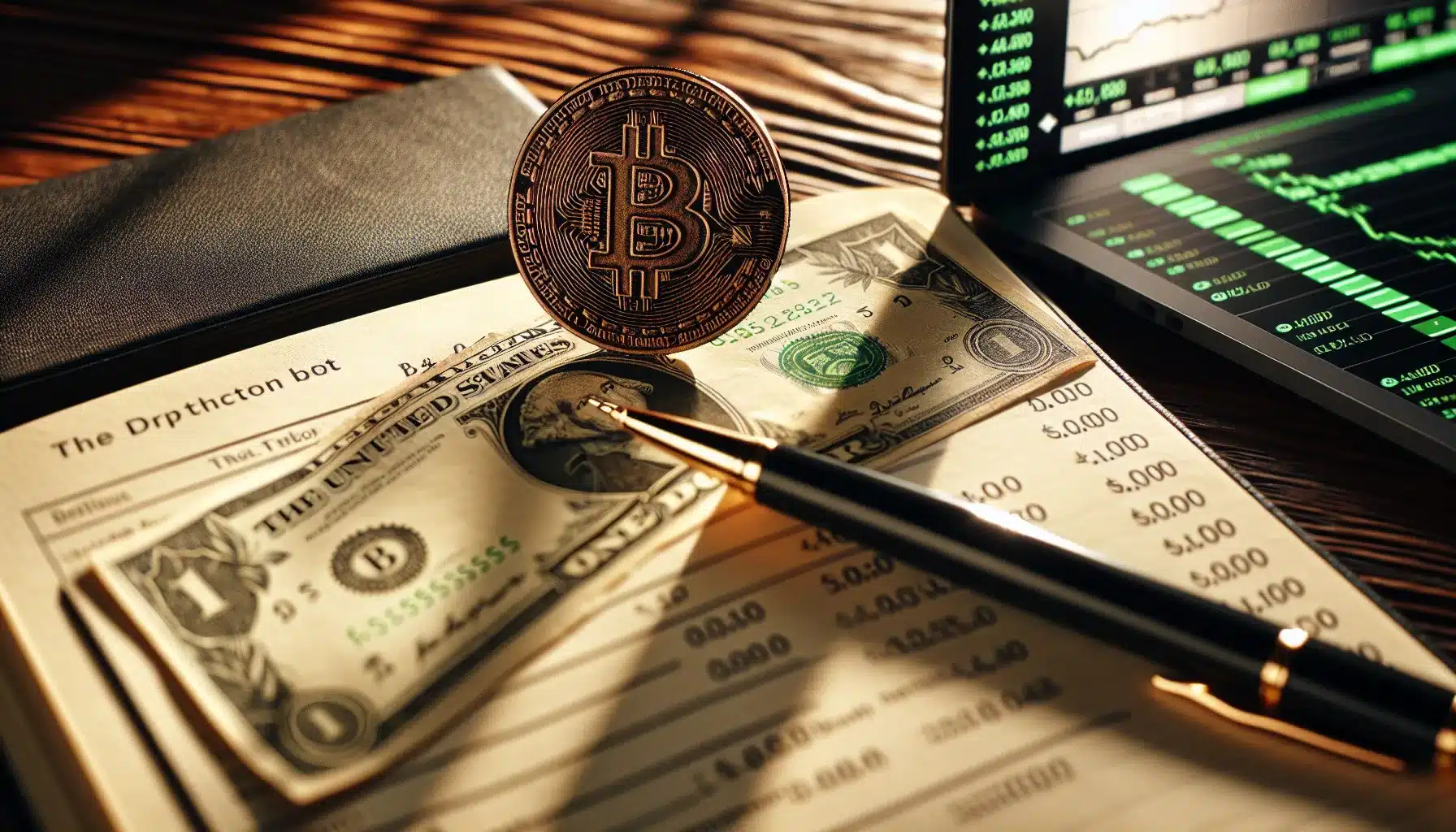
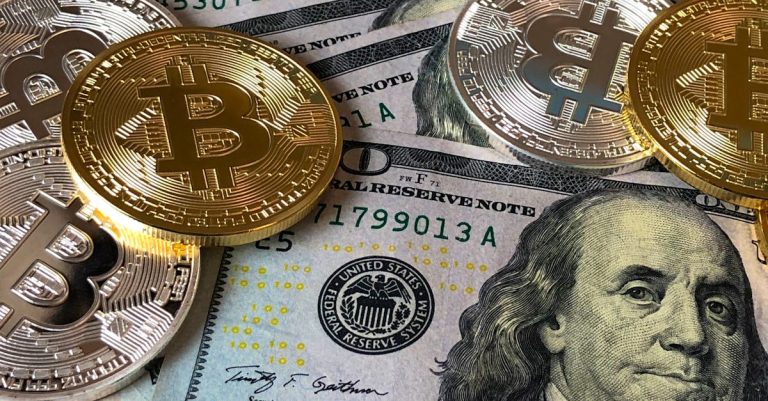
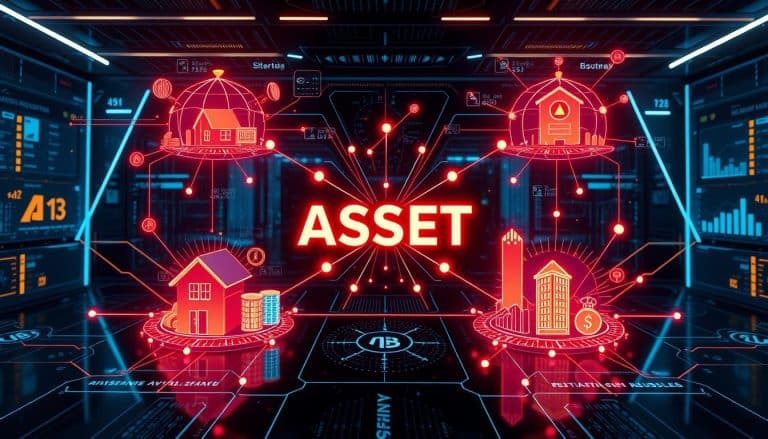

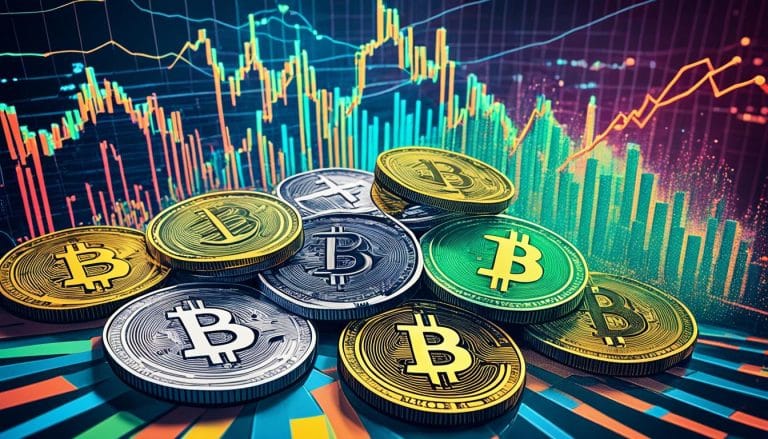
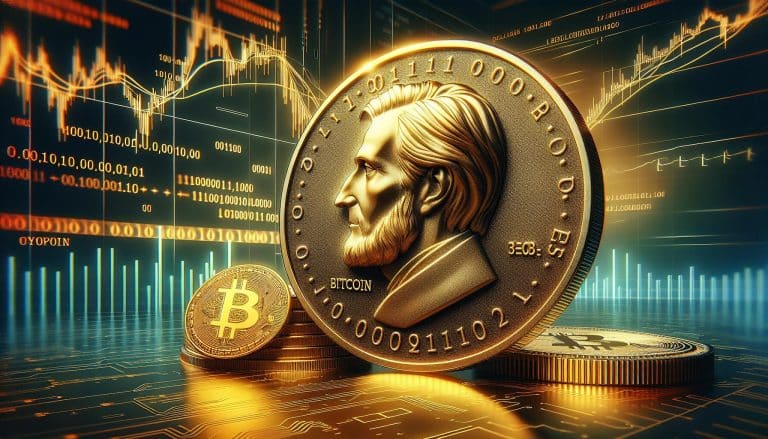
 Bitcoin
Bitcoin  Ethereum
Ethereum  Tether
Tether  XRP
XRP  USDC
USDC  TRON
TRON  Lido Staked Ether
Lido Staked Ether  Dogecoin
Dogecoin  Figure Heloc
Figure Heloc  Cardano
Cardano  WhiteBIT Coin
WhiteBIT Coin  Bitcoin Cash
Bitcoin Cash  Wrapped stETH
Wrapped stETH  Wrapped Bitcoin
Wrapped Bitcoin  USDS
USDS  Wrapped eETH
Wrapped eETH  Binance Bridged USDT (BNB Smart Chain)
Binance Bridged USDT (BNB Smart Chain)  Chainlink
Chainlink  Monero
Monero  LEO Token
LEO Token  WETH
WETH  Zcash
Zcash  Stellar
Stellar  Hyperliquid
Hyperliquid  Coinbase Wrapped BTC
Coinbase Wrapped BTC  Ethena USDe
Ethena USDe  Litecoin
Litecoin  Sui
Sui  Avalanche
Avalanche  Hedera
Hedera  sUSDS
sUSDS  Shiba Inu
Shiba Inu  USDT0
USDT0  Dai
Dai  Canton
Canton  Uniswap
Uniswap  PayPal USD
PayPal USD  Mantle
Mantle  Cronos
Cronos  World Liberty Financial
World Liberty Financial  Toncoin
Toncoin  Ethena Staked USDe
Ethena Staked USDe  Polkadot
Polkadot  USD1
USD1  Aave
Aave  Rain
Rain  Bitget Token
Bitget Token  MemeCore
MemeCore